Intent I Innovation I Impact: Fostering rural economy
Intent I Innovation I Impact: Fostering rural economy
National economy can be strengthened if it is backed by prosperous rural economy. To make it more sustainable, if the livelihoods supporting the local people are integrated with clean technologies, it will help in mitigating climate change. A visit to a village in Ramgarh district of Jharkhand nicely captures the essence of how we can empower local communities in nation building.
In Jharkhand’s Ramgarh district, located approximately 95-kilometers north-west from the state capital Ranchi, residents of Chumbha village are shaping their livelihoods through community managed microenterprise model. The region has vast reserves of minerals and other natural resources but still majority of the communities are living below the poverty line. Most villages in the area have been affected by the left-wing extremist movement. Loknath, who works for a microenterprise shared that even though the community has abundant resources to survive and prosper but the right infrastructure is missing for development to happen. As the saying goes, “where there is will, there is a way”, the local community in the village with support from SUPPORT, a non-governmental organization have found their way and have set up a Dal processing unit which is powered by solar stand-alone system. The entire set up is owned and managed by local women’s network that are trained in sorting, grading, processing and packaging of the dal. Villages in Ramgarh district cultivate pulses in significant amount. However, due to lack of processing infrastructure, they are sold to aggregators at such low prices that it does not even sustain their monthly expenses.
With generous support from Jharkhand State Rural Livelihood Mission (JSRLM) and the local NGO, the village is now equipped with Solar powered Dal processing unit which can process up to 2 tonnes of pulses every month. The excess power from the set-up is distributed to households and some nearby shops. In order to address the issue of better pricing mechanism and to simplify the value chain, the local village committee has sourced a packaging machine from Kolkata. This small intervention has plugged the value chain loop. The community now earns a net profit of INR 23 to 26 per kg on the processed pulses after meeting all their operational expenses.
The microenterprise has been operating for two years and standard of living of the community has gone up significantly. The biggest positive impact is that 90% of people in the village have disassociated from extremist activities and have returned to agricultural and allied activities because of the locally owned and managed microenterprise model. Local people feel proud that once again they can now aspire to live happily and ensure the best possible education and healthcare facilities for the generations to come.
The key message learned during the visit was about empowering local communities through a combination of technology and trust. India is a country with a diverse set of cultures. In order to bring development, cohesion of right intent and innovation among technocrats, leaders and community is a must. In a nutshell, if India has to really march on the path of becoming greater than 5 trillion $ economy, it has to boost such locally owned and managed enterprises in numbers. This will not only improve the economy but also give a sense of ownership to each individual that they are contributing towards the nation’s economic development.
Written by: Nitin Akhade Nitin is a development sector professional


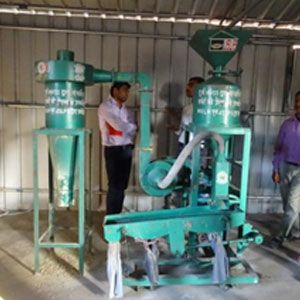
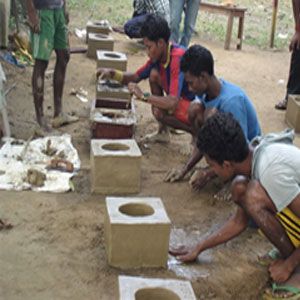
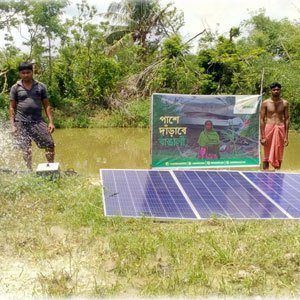
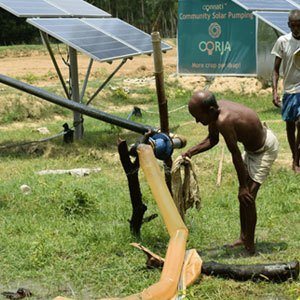
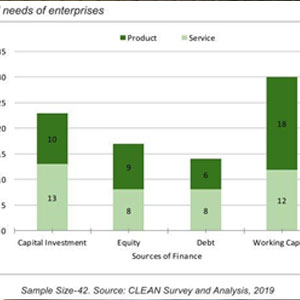
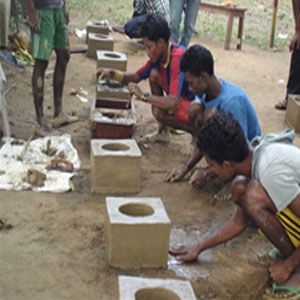







Posts Comments (0)
Write a Comment
We’ll not publish your email address. Required fields are marked with *